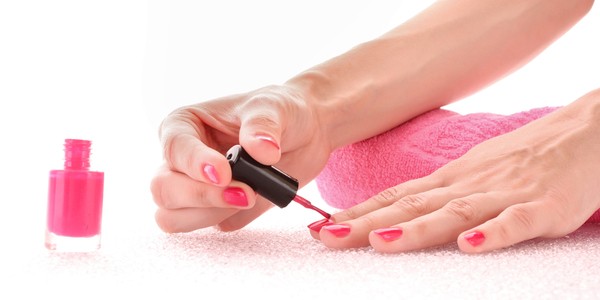
How does your nail polish work?
November 10, 2020So you like having a nice manicure, or you want to stand out from the crowd and enjoy interesting nail art designs? Have you ever thought about what does the nail polish contain? How it works?
Nail polish contains a lot of ingredients that are not found in other types of cosmetic products. That is because we expect from our nail polish to stay strong, last long and not to chip until we decide to take it off. In order to ensure this, there are different ingredients added to nail polish that help to meet these expectations.
Solvents
Solvents are liquids and their role is to dissolve other ingredients that can not dissolve in water, and therefore help to mix all the ingredients in mixture to create a homogenous product. Some examples of solvents are butyl acetate, etyl acetate and alcohol. But if you see toluene, xylene or formaldehyde in ingredients list, run. We have already explained risks these chemicals are posing to our health.
Film formers
Film formers leave a nice smooth finish after application. The most common film former is nitrocellulose, or other acrylate polymers can be used.
Resins
Resins ensure adhesion of nail polish to nail plate, strenghten its structure and increase glossy effect. Luckily, we are not dependant on formaldehyd resin and ethyl tosylamide, that are harmful.
Plasticizers
Plasticizers add flexibility to film formers and resins, which would otherwise be strong but brittle. This way plasticizers decrease chipping of nail polish after application.
Pearls and pigments
Pearls and pigments can be natural or synthetic, and as name indicates, they provide colour and effect to nail polish. Pigments can be matte or shimmery, depending on the effect we want to create.
Other ingredients
On top of the ingredients above, it is possible to add also thickening agents to achieve optimal consistency, or UV filters to protect pigments from UV rays in sunlight.
Have a good time painting your nails.

